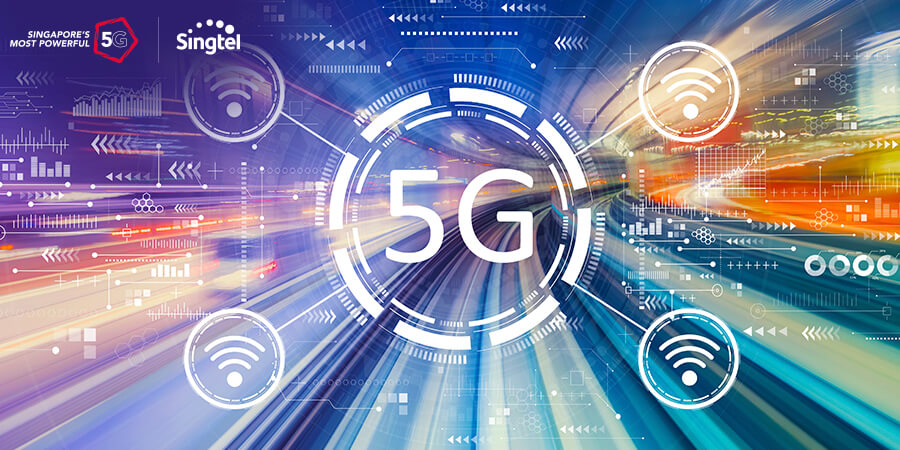5G, in many ways, is still in its infancy. The good news is that it is growing and evolving quickly. Much has been said (and written) about the theoretical benefits of 5G: High speeds, low latency and massive connection density. But, not many organisations understand what 5G actually means for their industry environments. Many organisations—while intrigued by the possibilities of incorporating 5G into their operational and customer-facing processes—often lack the resources to experiment and invest in a long-drawn cycle of "unproven" innovation.
Hence, it is important for organisations to work with suitable partners. They have the foresight and resources to further flesh out various 5G proof of concepts and understand how these concepts mesh with the organisation's broader digital transformation agenda.
IDC has identified a few 5G use cases that will have maximum impact across verticals:
Process automation and robotics
5G addresses the challenges of today's static manufacturing lines, increasing machines’ mobility. This reduces the time required to service the machines and allows them to be reconfigured on the fly. In addition to supporting such automation and robotics use cases on public networks through network slicing, the 5G network’s ultra-low latency will allow robotic controls to be processed at the edge, creating further opportunities to improve machine coordination and reduce costs.
Cloud gaming
5G and multi-access edge computing is going to further accelerate the adoption of mobile cloud-streamed gaming (CSG) services. When users are mobile and on a cellular network, their experiences often vary to a much greater extent today. This relative network unreliability puts mobile CSG services at a significant disadvantage versus wired/Wi-Fi services. The gaming market is set to explode as network operators bring more 5G mid-band spectrum online in the next few years.
Autonomous vehicles
The pathway to increased guided and vehicle autonomy will be largely built on the promise of 5G delivering Society of Automotive Engineers (SAE) Level 4 full self-driving vehicles, as well as accelerating SAE Levels 1 and 2 vehicle growth over the next five years. 5G-based cellular vehicle to everything (C-V2X) will significantly enhance all types of vehicular communication. 5G's ultra-low latency and network slicing characteristics, together with edge cloud, will enable innovative applications, resulting in safer and more cost-effective transportation.
Video analytics and surveillance
Wireless has been somewhat problematic for applications such as video surveillance due to network capacity, reliability and security issues. IDC believes that 5G will propel wireless video surveillance to become a dominant force over the next five years. An increasing number of applications such as wireless perimeter control, aerial drones and home security systems will increase demand for wireless technology that can support high-resolution video securely. 5G along with edge compute will ensure secure and timely ingestion and processing of video feeds to help organisations make data-driven decisions in real-time.
Immersive experiences
5G provides organisations with exactly what is needed of networks to transform B2B2C consumer experiences by satisfying the appetite for immersive entertainment, gaming and broadcast experiences. In addition to mobile augmented reality/virtual reality (AR/VR) being used by field and repair technicians who operate far from a central office, there is a considerable opportunity for entertainment venues and sports arenas to provide a 360-degree VR experience at large-scale events such as sports meets and music concerts. Current network generations lack the throughput and capacity required to deliver high-definition content, but 5G, along with edge deployments, allows for ultra-low latency and processing times that are required to deliver a real-time and enhanced immersive experience.
Industry 4.0 is acknowledged as a transformative series of initiatives around how we make and distribute goods. 5G is poised to have a significant impact across verticals such as manufacturing, healthcare, logistics, media and smart cities. IDC believes that a large number of organisations will boost spending on 5G in 2021-22. Asia Pacific (excluding Japan) regional Internet of Things use case spend across manufacturing, resources and infrastructure is forecast to hit US$295 billion in 2025. With such investments in play, organisations should look out for a service provider—with a platform-based approach to 5G, a broad partner ecosystem and a proven track record of helping organisations on their digital transformation journeys—to evaluate potential 5G use cases and get started early to gain a significant edge over their competitors.






